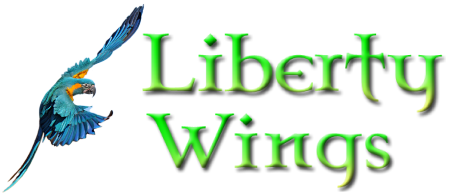Abstract
Careful evaluation and exposure to select environments can enhance the flight competency of
parrots, reducing risks of loss or injury during free-flight demonstrations or conservation
reintroductions. This framework provides a system for evaluating and selecting training
environments based on recoverability (visibility and access) versus skill level (reliable return),
with weather and terrain features (e.g., elevation) as influencing factors. It fosters mastery of
complex situations in shows or wild releases through progressive environmental levels (0–5) and
flying styles (point-to-point, freestyle, at-liberty, sport, competition). Originally developed over
18 years with 22 parrots and refined over 32 years with 60 parrots (conures to macaws), with
detailed records for 37 parrots across three flocks (8 macaws, 25 small-bodied parrots, 4 sun
parakeets) [6], it supported 100% survival of blue-and-yellow macaws in Brazil and 72% feeder
returns of Amazon parrots in Colombia [4]. The framework leverages instinctive drift [23] and
socialization periods [12], aligning with the Guided Behavioral Development model in Biro et al.
(2024) [4] and complementing Woodman et al. (2021) [6]. It includes an evaluation worksheet,
environmental illustrations, and case studies, offering a replicable tool for conservation and
training. Short training periods reflect the expertise of a professional trainer with extensive
experience; new trainers typically require additional time with slower bird progression.

Article Comments